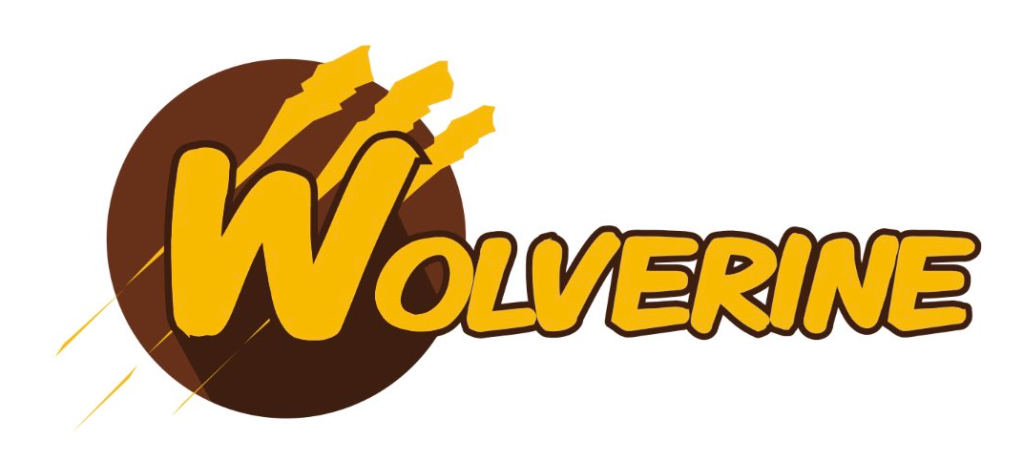
I’ve recently fielded some user problems with Wolverine’s transactional inbox/outbox subsystem going absolutely haywire. After asking a plethora of questions, I finally realized that the underlying issue was using Wolverine within AWS Lambda or Azure Function functions where the process is short lived.
Wolverine heretofore is optimized for running in multiple, long lived process nodes because that’s typical for asynchronous messaging architectures. By not getting a chance to cleanly shut down its background processing, users were getting a ton of junk data in Wolverine’s durable message tables that was causing all kinds of aggravation.
To nip that problem in the bud, Wolverine 1.10 introduced a new concept of durability modes to allow you to optimize Wolverine for different types of basic usage:
public enum DurabilityMode
{
/// <summary>
/// The durability agent will be optimized to run in a single node. This is very useful
/// for local development where you may be frequently stopping and restarting the service
///
/// All known agents will automatically start on the local node. The recovered inbox/outbox
/// messages will start functioning immediately
/// </summary>
Solo,
/// <summary>
/// Normal mode that assumes that Wolverine is running on multiple load balanced nodes
/// with messaging active
/// </summary>
Balanced,
/// <summary>
/// Disables all message persistence to optimize Wolverine for usage within serverless functions
/// like AWS Lambda or Azure Functions. Requires that all endpoints be inline
/// </summary>
Serverless,
/// <summary>
/// Optimizes Wolverine for usage as strictly a mediator tool. This completely disables all node
/// persistence including the inbox and outbox
/// </summary>
MediatorOnly
}
Focusing on just the serverless scenario, you want to turn off all of Wolverine’s durable node tracking, leader election, agent assignment, and long running background processes of all types — and now you can do that just fine like so:
using var host = await Host.CreateDefaultBuilder()
.UseWolverine(opts =>
{
opts.Services.AddMarten("some connection string")
// This adds quite a bit of middleware for
// Marten
.IntegrateWithWolverine();
// You want this maybe!
opts.Policies.AutoApplyTransactions();
// But wait! Optimize Wolverine for usage within Serverless
// and turn off the heavy duty, background processes
// for the transactional inbox/outbox
opts.Durability.Mode = DurabilityMode.Serverless;
}).StartAsync();
There’s also some further documentation online about optimizing Wolverine within serverless functions.